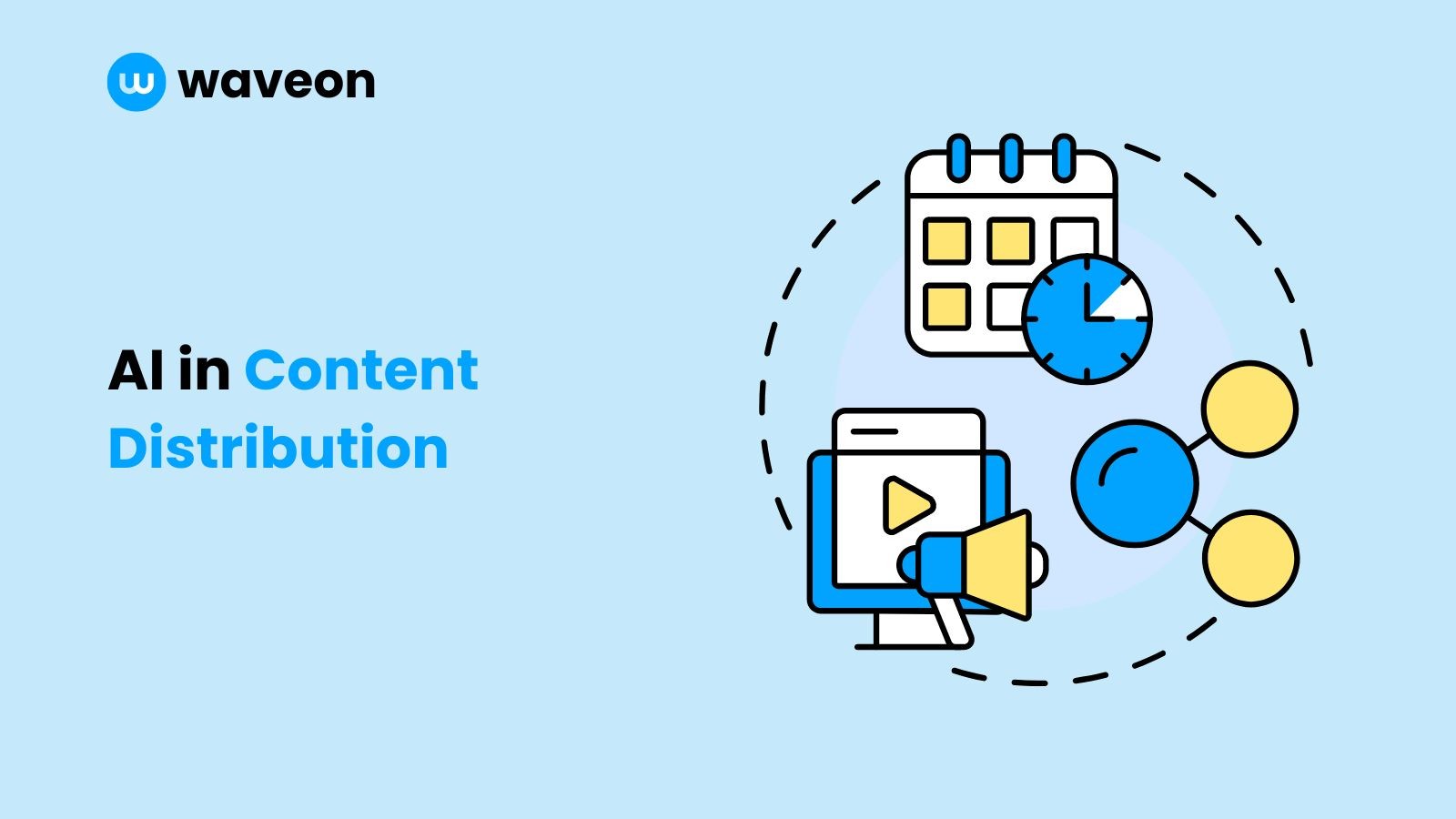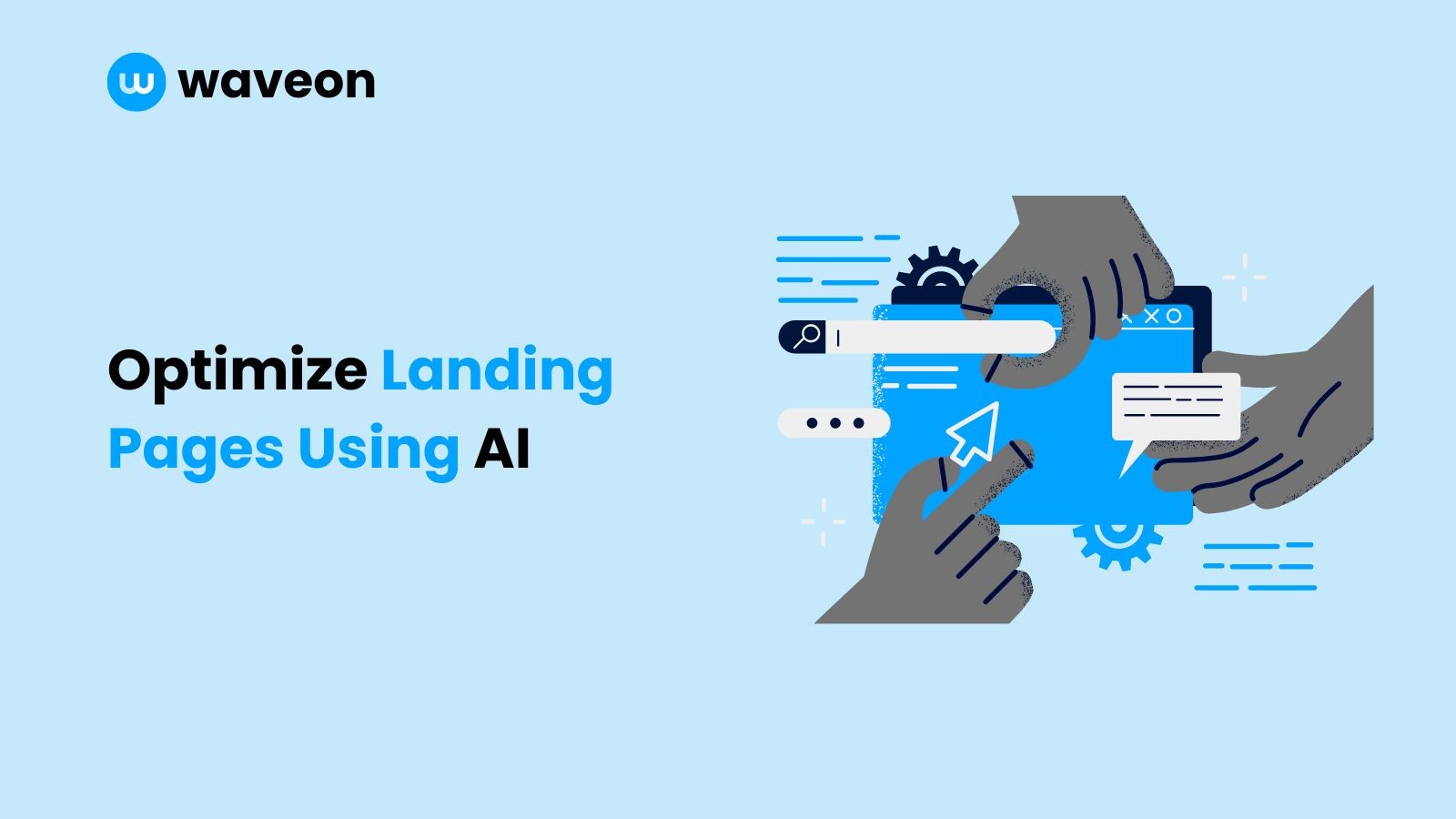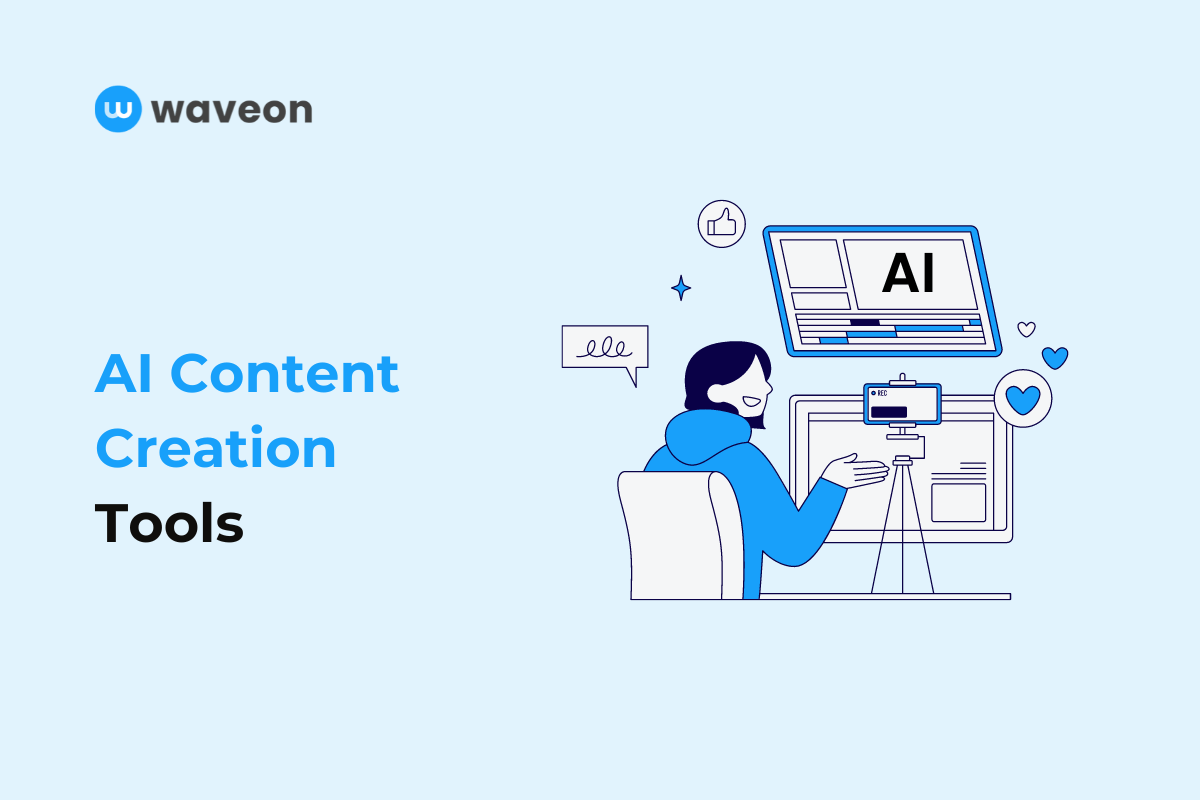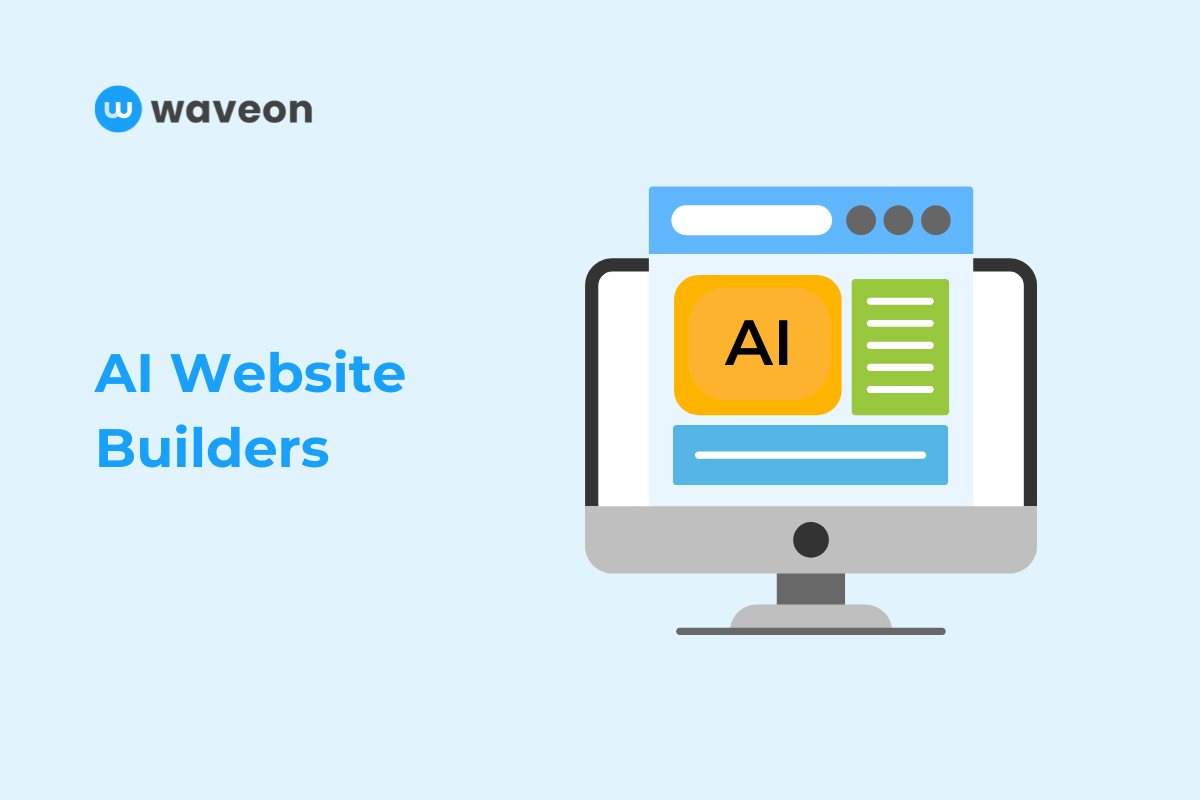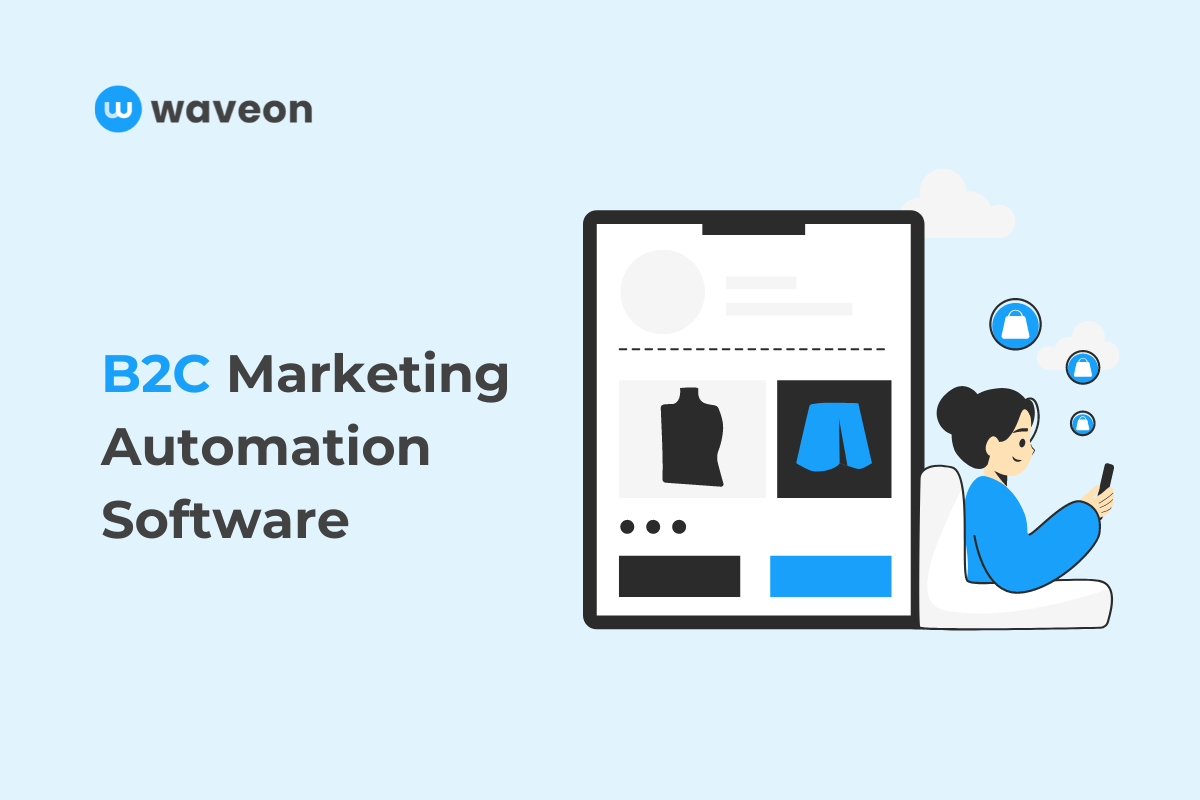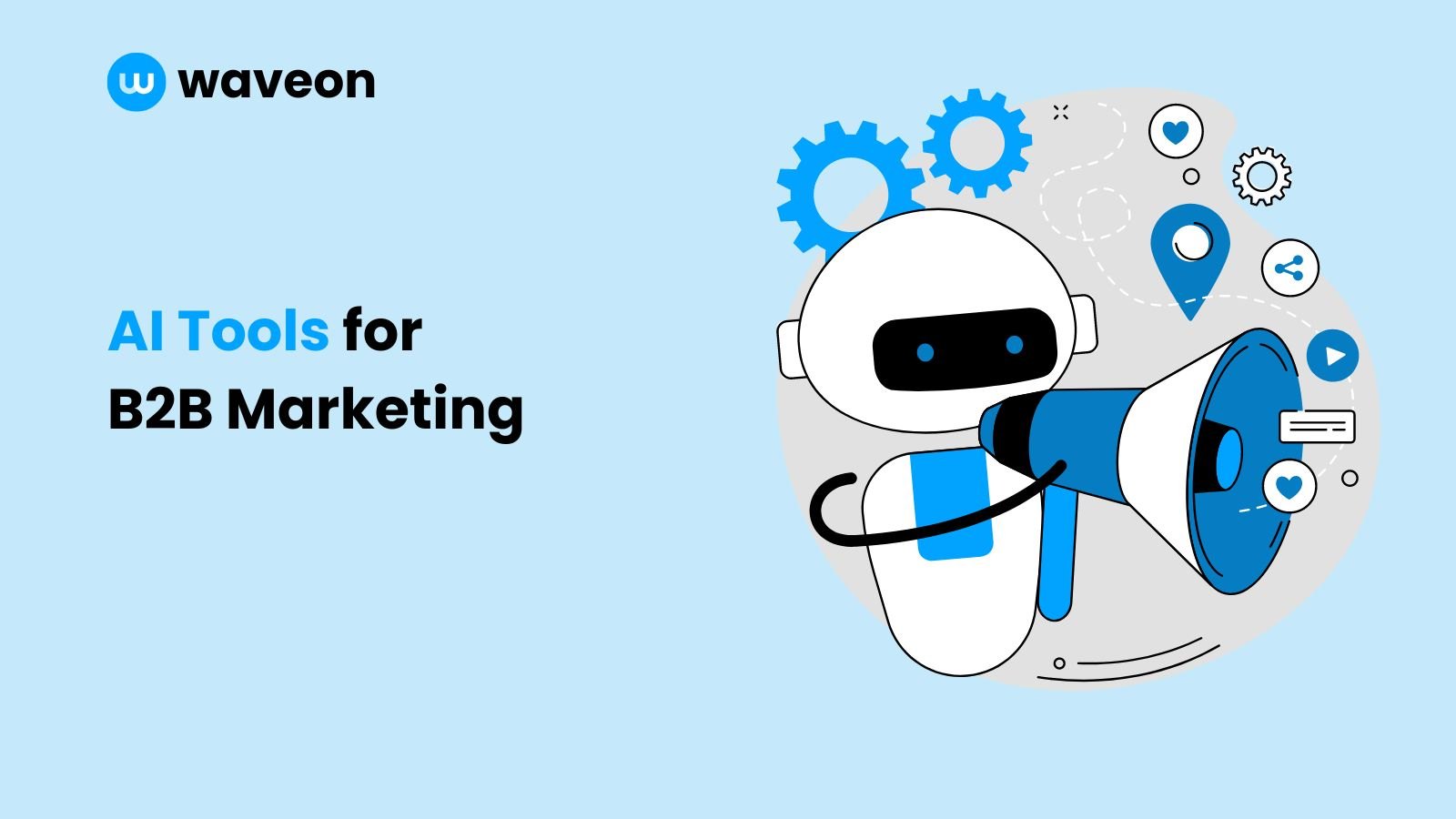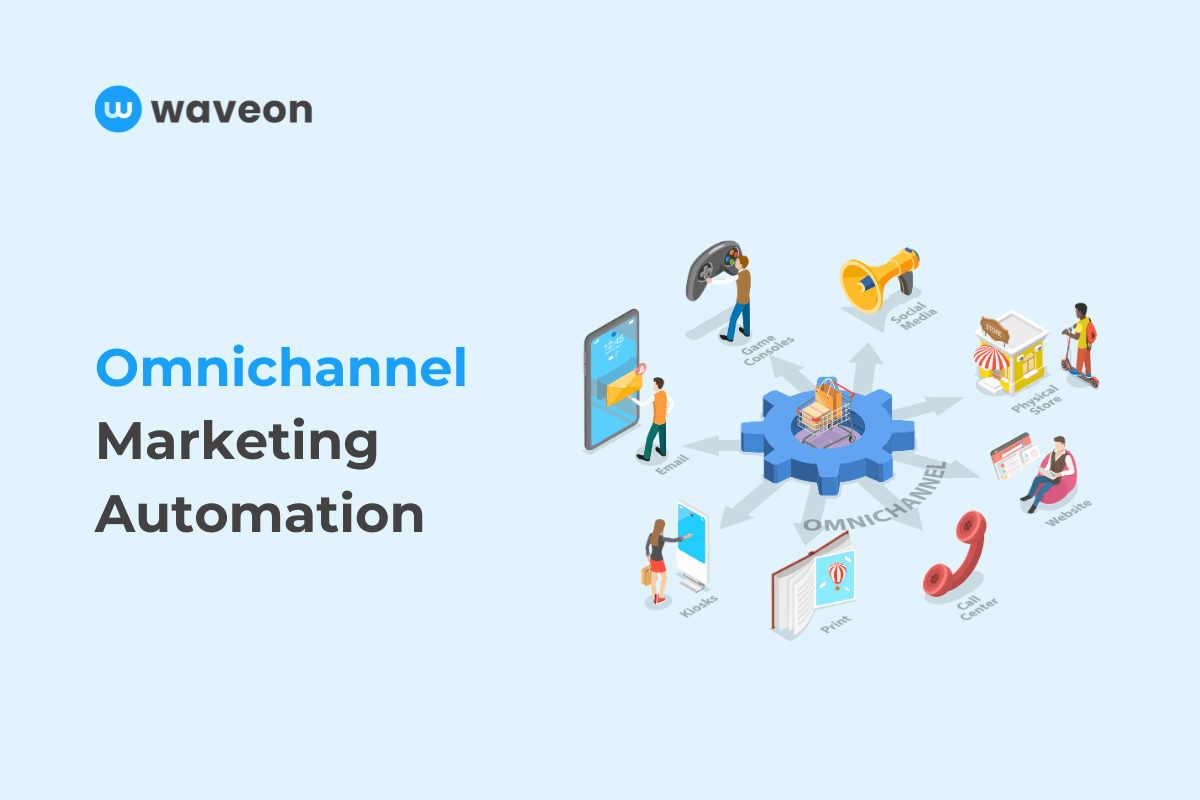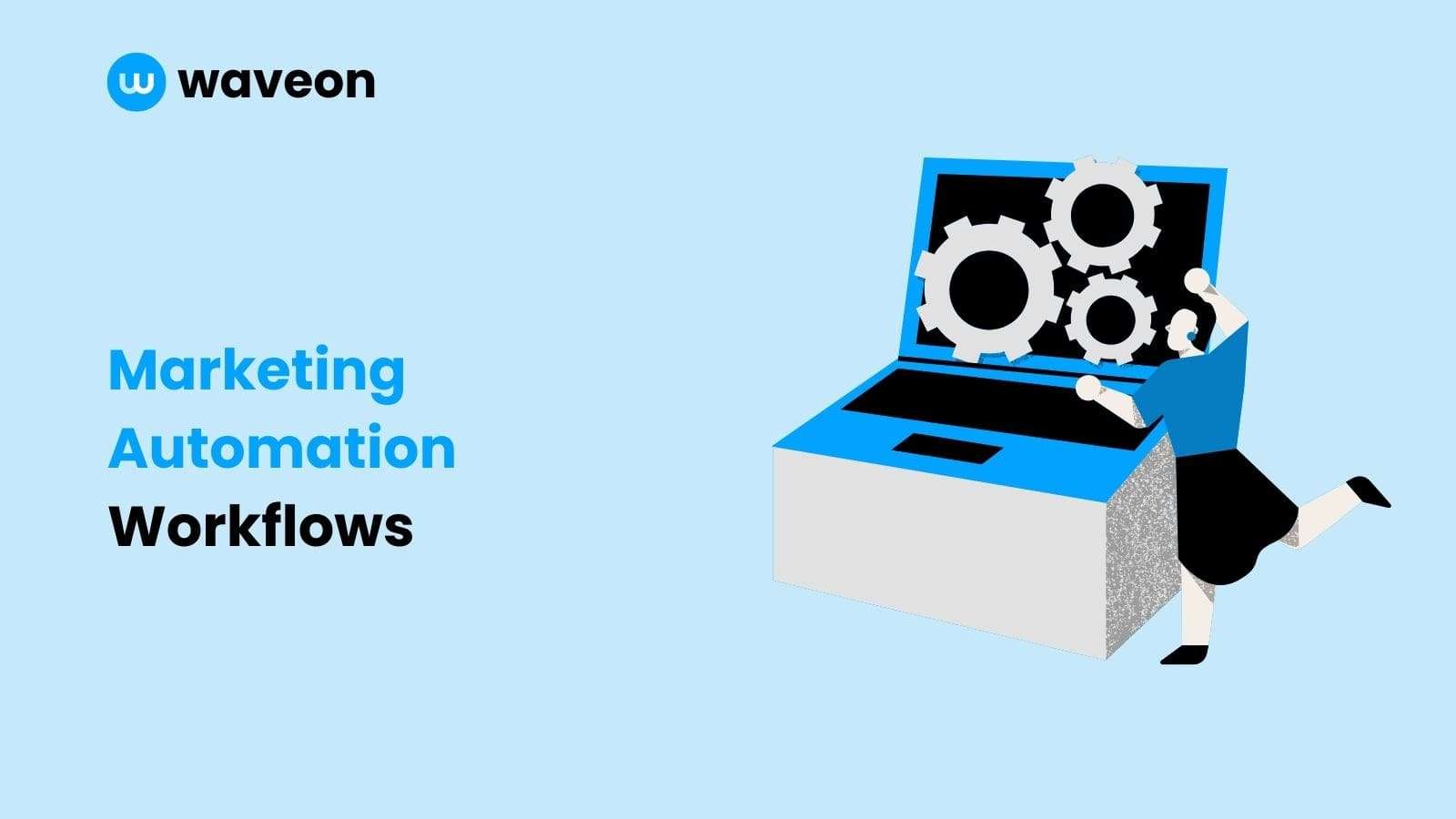Marketing
How To Automate Outbound Lead Generation in 2024
Ekta Swarnkar
2/28/2024
0 min read
TABLE OF CONTENTS

Running a cold outreach campaign is not an easy drill, and outbound lead generation is the most dreadful.
The only situation where “Quantity matters more than quality” fits makes outbound lead generation difficult, thanks to the manual effort, hours of research, and mental strength you have to put in to get a few qualified leads.
But what if you could automate lead generation? Would you like it if you could generate hundreds of prospective leads in a few clicks? Are you curious how you could save yourself from hours of torment by automating this essential task in running your business?
If so, keep reading. I’ll show you step-by-step how to automate outbound lead generation and give you strategies and tools for automating qualifying, nurturing, and converting leads into clients using marketing automation.
Let’s get started.
How to automate outbound lead generation: step-by-step process
The whole point of automating outbound lead generation is to give your sales team more time for revenue-generating activities such as closing deals. So, the more tasks you can automate, the better.
A typical outbound sales process from prospecting to closing includes three main steps:
Generating a list of prospects
Qualifying the prospects as leads
Nurturing prospects into warm leads
I’ll recommend automation tools to help you check off each step (or parts) from your process.
Step 1: Generate a list of prospects
Lead generation tools like Apollo.io and Phantom Buster can help you extract prospect data from aggregation sites such as LinkedIn based on a few filters. Below, I’ll show you how to generate a list of prospects using Apollo.io.

After signing up for Apollo.io, you’ll land on your dashboard.

Head over to “Search.” Apollo.io allows you to build a list of companies and people with specific job titles. You can refine your search using filters.

Let’s say I want to target CEOs of construction companies in the United States with a team size of 10-50. I’ll set these terms as filters:
Job titles: CEO, Founder, Owner, Co-founder
Location: United States
# Employees: 11-20, 20-50
Include keywords: Construction
Pro tip: Use more filters to refine your search and get more accurate prospects.
After setting these filters, I’ll get a list of 8.1k construction companies' CEOs in the United States:
By clicking “Save Search,” the list will automatically be saved on Apollo and can be found in the “Saved lists” section. If you want to extract the list, click “Import” and “Bulk Import from CSV.”

Additional step: You can create a “Persona” using AI on Apollo to allow it to suggest more refined results. Simply answer some questions, and the AI assistant will generate a persona for you.
Pro tip: Connect your HubSpot or Salesforce CRM to enrich details about your prospects in your database and streamline the process.

And that’s it. You now have a list of prospects to run outreach campaigns. But not just yet; first comes qualifying the leads.
Step 2: Qualify prospects as leads
Qualifying leads is crucial because you don’t want to waste your efforts on the wrong prospects. Ideally, manually reviewing each prospect’s profile is a much better approach to ensure your final list includes only valid candidates.
If you have the time to do it manually, take each prospect and review their profile, company, and work experience and verify if they fit as a prospect. Also, identify if they’re a decision maker. It’s time-consuming, but the good part is you can automate the process.
If you don’t have the time to do it manually, Apollo.io offers features like lead scoring and data enrichment to add more details to each prospect’s profile. Or take it one step further by uploading the list to LeadFeeder, which will automatically match them with company profiles based on whether the prospect visited your website to give insights into the prospects’ interests.
Knowing your prospect’s interests helps you craft more personalized outreach campaigns. By initiating a conversation with someone’s interests or pain points, you follow a natural approach, build genuine relationships, and generate more replies.

LeadFeeder is perfect for converting website visitors into leads. By installing a code snippet on your website, LeadFeeder identifies the visitors, their companies, job profiles, etc., and enriches contact details.
Third option: Outsource lead qualification to a Fiverr professional by giving them specific instructions about your requirements, and they’ll do it for you.

Step 3: Nurture prospects into warm leads
Ask a salesperson, and they will say nurturing prospects is challenging. Why? Many reasons:
Low initial interest by prospects
Timing is often not correct
Longer sales cycle, etc.
And often, sales reps spend months nurturing their prospects only to get deals turned down. The reason? Poor lead nurturing and lack of personalization by salespeople.
So, how can you simplify lead nurturing for your sales team? By automating complex parts of lead nurturing, such as personalized email outreaches or LinkedIn messages. Tools like Reply.io and Lemlist allow sales reps to create automated, customized email workflows for different prospects.

Lemlist offers a complete cold outreach solution to get more replies, including tools such as:
B2B lead database to create a list of prospects in clicks
-
Email finder and verifier to validate prospects’ email addresses
-
Multichannel prospecting to identify leads from different channels
Lemlist AI writer to craft personalized emails
Want to learn how to build a highly personalized cold email outreach using Lemlist for prospects? Watch the video below:
LinkedIn is popular among B2B professionals to build relationships and close deals. But as a social media platform, the traditional cold email outreach approach doesn’t work on LinkedIn. Check out Dripify — a LinkedIn automation and prospecting tool to automate nurturing on LinkedIn.

Dripify lets you track your prospects' LinkedIn activity to personalize your outreach. You can mark priority messages, take notes, create drip campaigns, and increase your weekly connection request sends to 500 without worrying about getting flagged by LinkedIn.
Want to build a LinkedIn drip campaign using Dripify? Here’s a step-by-step tutorial:
3 ways to use automation to create highly personalized outreach emails
Your outreach email plays a huge role in the prospect’s decision.
-
Whether or not you close the deal depends on the outreach sequence you send.
-
And whether or not the lead converts depends on how engaged the prospect is with the outreach sequence.
In short, make your campaigns hyper-personalized for the prospect to get replies. Here are three advanced strategies to use automation and craft personalized outreach emails:
1. Social listening
The only way to make your outreaches personalized is by collecting customer data. Social media platforms offer a valuable space for prospects to share their daily challenges openly. These are also perfect spaces for you to tap into these conversations.
Social listening tools such as BrandWatch let you track customer conversations to map every stage of their buying journey, identify sentiment, keywords they used, etc., to give you insights into their behavior.

For example, if a prospect posts about customer support often, you can identify they’re more inclined towards brands that provide premium customer support. Use this insight while crafting an outreach pitch for this prospect to increase your chances of getting a response.
2. Automated chatbots and surveys
How can you extract information from your website visitors who interacted with it when you were sleeping? Or how do you answer your visitor’s questions when you can’t be online 24*7?
The answer is automated chatbots because you know what these can be online 24*7.
Automated chatbot tools such as Drift lets you create automated one-answer-at-a-time surveys to extract information from website visitors.

Drift also helps in qualifying website visitors as prospective customers. The automated chatbot asks a mix of multiple-choice and open-ended questions to extract information about customers.
Other than that, chatbots also answer common queries visitors have to enable a seamless website experience. This way, visitors get their answers immediately without waiting for a customer support agent to be online. If the visitor wants more information on a particular topic, the chatbot automatically creates a ticket, and the agent responds when they see it.
3. Integrated customer data platforms
Businesses face two problems while collecting customer data using strategies like multichannel marketing and prospecting:
-
Multiple and inconsistent data sources make information less valuable
-
Unorganized data makes accessing information difficult for different teams
Information from different sources was incomplete, and teams did not have an organized way to access it on time. So, what’s the solution?
Integrated customer data platforms like Segment.

Segment allows you to integrate customer data sources like CRM, social media channels, email marketing platforms, web analytics, etc., and collect customer data in one database. Data pulled from multiple sources enriches the information about prospects, giving you more to personalize outreaches.
Also, one data repository allows sales and marketing teams to access crucial customer information, saving them time and crafting personalized campaigns.
Use automation to eliminate tedious and BORING parts of lead generation
Automation changes the entire picture of what lead generation used to be. Not only does it reduce the sales cycle length, but it also makes outreach more personalized and effective for getting replies.
So, whether or not to use automation is not a choice anymore. It’s become a necessity because if you’re still following the traditional methods, you’re already behind your competitors and probably not generating enough deals.
Start automating your lead generation and give your sales team enough time, excellent automation tools, and more accurate data to close more deals.




